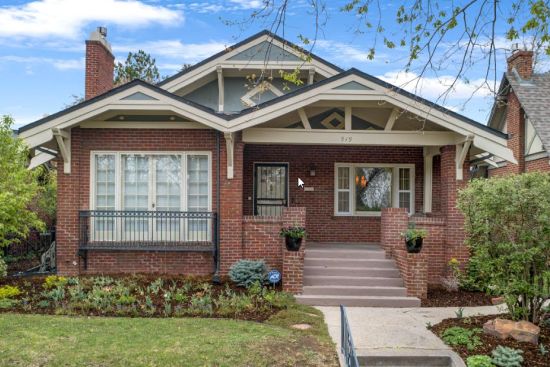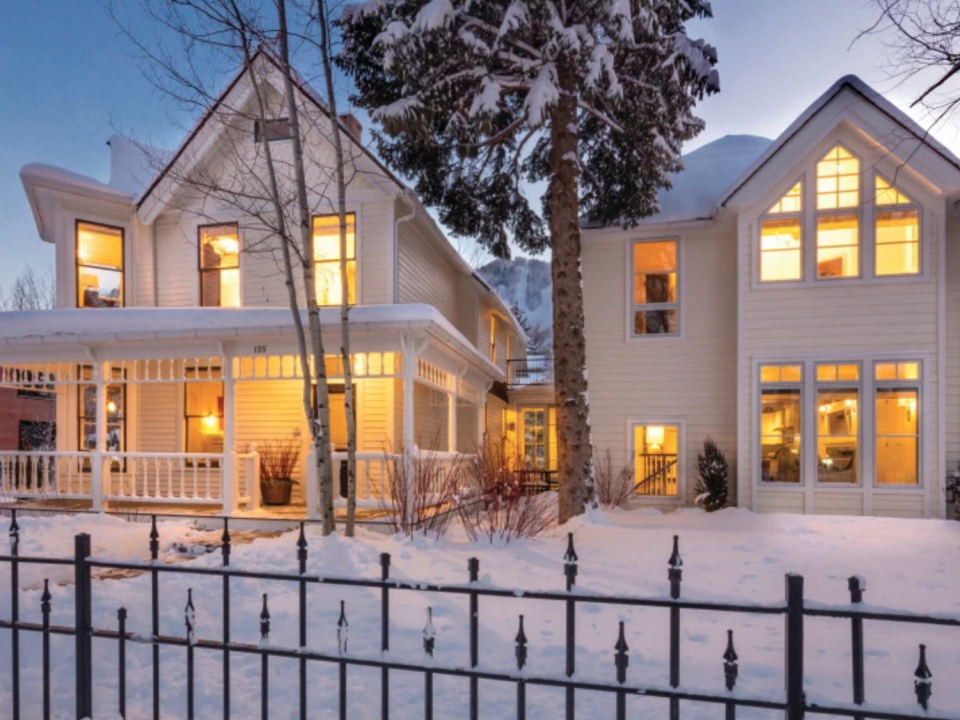Bonnie Brae Gem
Stroll through Bonnie Brae, one of Denver’s loveliest neighborhoods and you’ll fall in love.
Bonnie Brae – or pretty hill – is just east of the Washington Park neighborhood, and is famous for it’s elliptical park and curving streets. Not only can you walk to “Circle Park” and Washington Park, but the Bonnie Brae neighborhood center and Old South Gaylord Sreets are just a few blocks away. Enjoy the local library, Bonnie Brae Ice Cream and restaurants and shops.
If you’re looking to relocate to the Bonnie Brae neighborhood, look no further than 985 South Columbine Street. This gorgeous home is on one of the premier blocks in the neighborhood, and has a beautifully remodeled kitchen, fabulous yard with deck and a finished basement. Offered for $975,000, you can move right in.
Check out this house and others at www.gretchenrosenberg.com! You can also get email updates from this site by clicking on the “subscribe email” button to the right.




